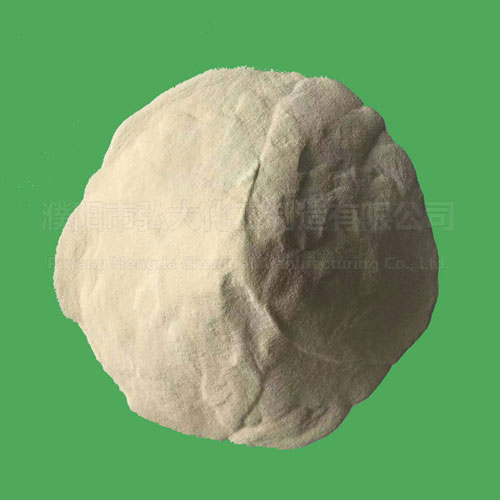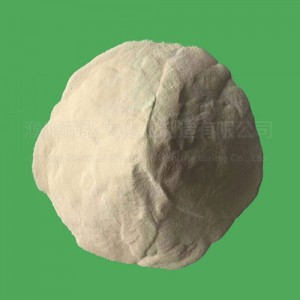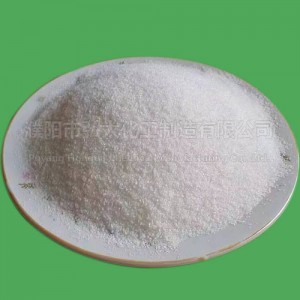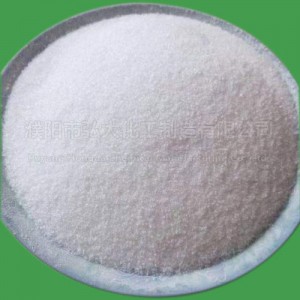carboxymethyl cellulose gum
In addition, our carboxymethyl cellulose sodium salt is highly resistant to temperature and salinity changes common in drilling operations. It maintains its performance even under extreme conditions, ensuring consistent drilling fluid properties throughout the operation.
|
ITEM |
INDEX |
|
|
LV-CMC |
Viscometer reading at 600 RPM |
≤10 |
|
Amount of filtration loss |
≤10 |
|
|
HV-CMC |
Viscometer in deionized water 600 RPM reading |
≥30 |
|
Viscometer 600 RPM reading in 4% brine |
≥30 |
|
|
Viscometer reading in saturated brine at 600 RPM |
≥30 |
|
|
Amount of filtration loss |
≤10 |
|
Packaging and transportation
Use 25kg lined plastic woven bag or paper plastic composite bag packaging. Can also be packed according to user requirements. During storage and transportation, pay attention to heat and moisture protection, stacking layer shall not exceed 20 layers. Effective storage life is 2 years.
Matters needing attention:
Avoid contact with eyes, skin and clothing, or rinse with plenty of water. Keep away from fire.carboxymethyl cellulose gum
1.What types of commonly used oilfield chemicals are there?
A variety of oilfield chemicals are available to address specific challenges in the oil and gas industry. Commonly used chemicals include bactericides, corrosion inhibitors, demulsifiers, scale inhibitors, friction reducers, surfactants, emulsifiers and acidifiers, etc.
2.How to purchase oilfield chemicals?
Oilfield chemicals can be purchased through licensed chemical suppliers who specialize in products formulated specifically for oil and gas applications. These suppliers often have dedicated teams of experts who can advise on the selection and use of suitable chemicals based on specific requirements.





